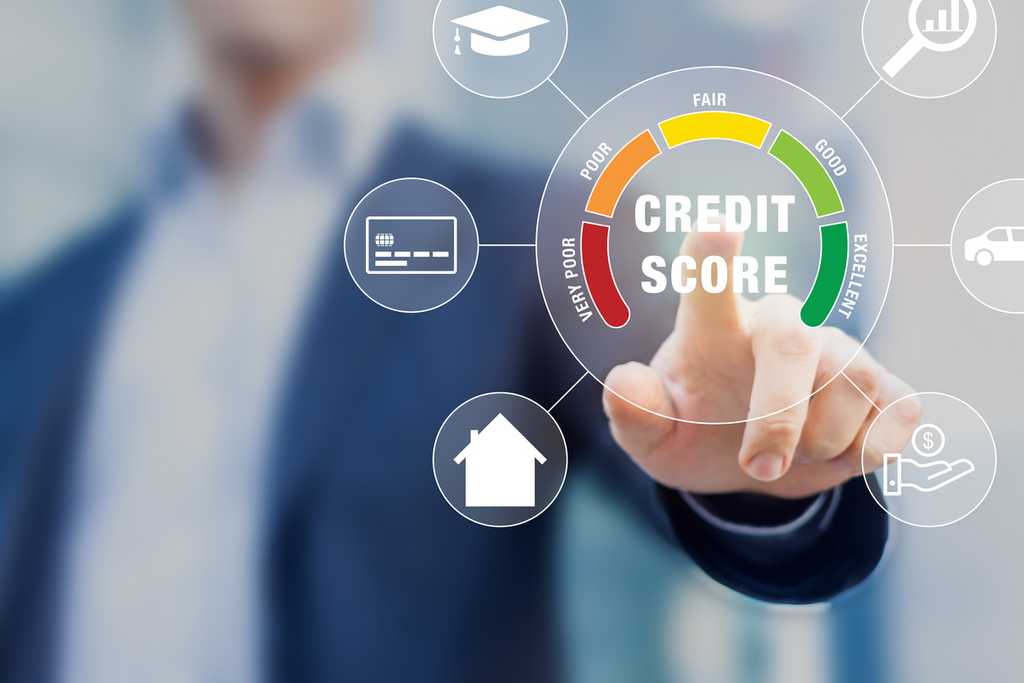Your FICO score is a number between 300 and 850 derived from the information in your credit report. This score is used by lenders to determine your creditworthiness and inform their decisions on whether to extend your credit. The name FICO comes from the original name of the Fair Isaac Corporation, which introduced the FICO score in 1989.
If you are applying for a credit card, mortgage, auto loan or any other type of credit, the chances are good that your lender is using a FICO score as part of their decision.
Why are there different FICO scores?
You might be surprised to know that there is more than one FICO score. In fact, today there are 20 versions of the FICO score in use by lenders. Since introducing the FICO score in 1989, FICO has refined its scoring methodology and currently offers FICO Score 10, which is claimed to be more accurate than the previous versions. More commonly, lenders use FICO Score 9 and FICO Score 8. Today, FICO Score 8 is the most widely used version of the FICO score.
Some mortgage lenders use older versions of the FICO “classic” score due to underwriting criteria. In particular, until 2020, lenders offering conforming loans sold to Fannie Mae and Freddie Mac were required to use these classic scores. Lenders can get FICO Score 2 from Experian, FICO Score 4 from TransUnion and FICO Score 5 from Eqiuifax.
In addition to the “classic” FICO score, FICO offers scoring methodologies specific to auto loans and bankcard loans.
Beginning in 1993, FICO introduced the FICO Bankcard Score, meant to capture the creditworthiness of credit card borrowers. Unlike the traditional FICO score, the FICO Bankcard Score uses a scale ranging from 250 to 900. The latest version of this score is FICO Bankcard Score 10, but FICO Bankcard Score 9 can be obtained from all of the credit bureaus.
Finally, for auto lenders, you have the FICO Auto Score, which is designed to gauge how likely a borrower is to repay an auto loan. The latest version of this score is FICO Auto Score 10, but FICO Auto Score 9 and FICO Auto Score 8 are typically used in the industry and are available from all of the national credit bureaus. Older versions of this score may be preferred by some lenders and can be obtained from some credit bureaus.
How do I get a FICO score?
There are many outlets that will happily sell you access to your FICO score, including myFICO.com, but unless you have a reason why you need to see a specific version of your FICO score or see your score generated based on a credit report from a specific bureau, there are plenty of ways to obtain your FICO score for free.
One option open to everyone is to get your FICO score through Experian, which offers a free FICO score based on the FICO Score 8 model.
In addition, several banks offer access to FICO scores for free as a perk of being a credit card holder.
- Citibank offers customers holding select credit cards access to their FICO score for free.
- Bank of America credit card customers can get a free FICO score by logging into their online banking portal.
- Discover cardmembers have free access to a FICO score as part Discover’s FICO credit scorecard product.
- Many credit unions and smaller banks will also give their customers access to a FICO score for free.
Finally, you can get access to your score if you have applied for and been denied credit. According to the Consumer Financial Protection Bureau, if you have been denied credit, the lender who denies you credit is required to provide you with the numerical credit score that it used. Since many lenders use FICO scores, in many cases this is another way to obtain your FICO score if you have been denied a loan, credit card or line of credit.
What affects your FICO score?
Your FICO score is affected by how you use your credit, including whether you have paid your accounts on time, amounts you owe relative to your available credit lines, how long you have established credit, the specific types of credit you have and your recent activity seeking new credit. According to myFICO.com, here is the breakdown of what affects your score:
Payment history - (35%) - The most important factor in your FICO score is your history of payments on your accounts. Making on time payments on all of your accounts is the best way to increase this factor in your credit score.
Amounts owed (30%) - How much you owe and how much you owe relative to the amount of credit granted to you is the second-most important factor in your credit score. Increasing your amount of available credit and keeping balances low is key to improving this factor. Typically, you should keep your credit card balances to less than 30% of your available credit.
Length of credit history (15%) - Your FICO score takes into account the age of your oldest account, the age of your newest account and the average age of all your accounts to determine your length of credit history. Continue to use your credit and be judicious when you open new accounts to increase this factor.
Credit mix (10%) - The specific combination of credit cards, retail accounts, installment loans, finance company accounts or mortgage loans makes up your credit mix. While this is a minor factor in your FICO score, typically having both revolving and installment accounts will have a positive impact on your FICO score.
New credit (10%) - Your recent activity opening new accounts, including the hard inquiries generated on your credit report while shopping for credit, makes up the last 10% of your FICO score.
What is an average FICO score?
If your FICO score is in the range of 670-739, myFICO.com says that your credit score is near or slightly above the average of consumers and that your score is considered good by most lenders.
The average FICO score in the United States was 714 in February 2022 according to Experian.
FICO score vs. credit score vs. VantageScore
Many people use the terms “FICO score” and “credit score” interchangeably, but they are not the same thing. A credit score is a numerical value, calculated based on the information in your credit report, meant to be used to evaluate the risk of you as a potential borrower. Your FICO score refers to your credit score, calculated by one of the FICO scoring methodologies.
You may have also heard about “VantageScore.” VantagesScore was developed by the three major credit bureaus as an alternative to the FICO score. Many services that offer a free credit score, such as Credit Karma or CapitalOne CreditWise will give you a VantageScore. Although VantageScore is gaining traction with lenders, FICO says that its score is used in 90% of lending decisions, and it is the only credit score approved for use by Fannie Mae and Freddie Mac.

